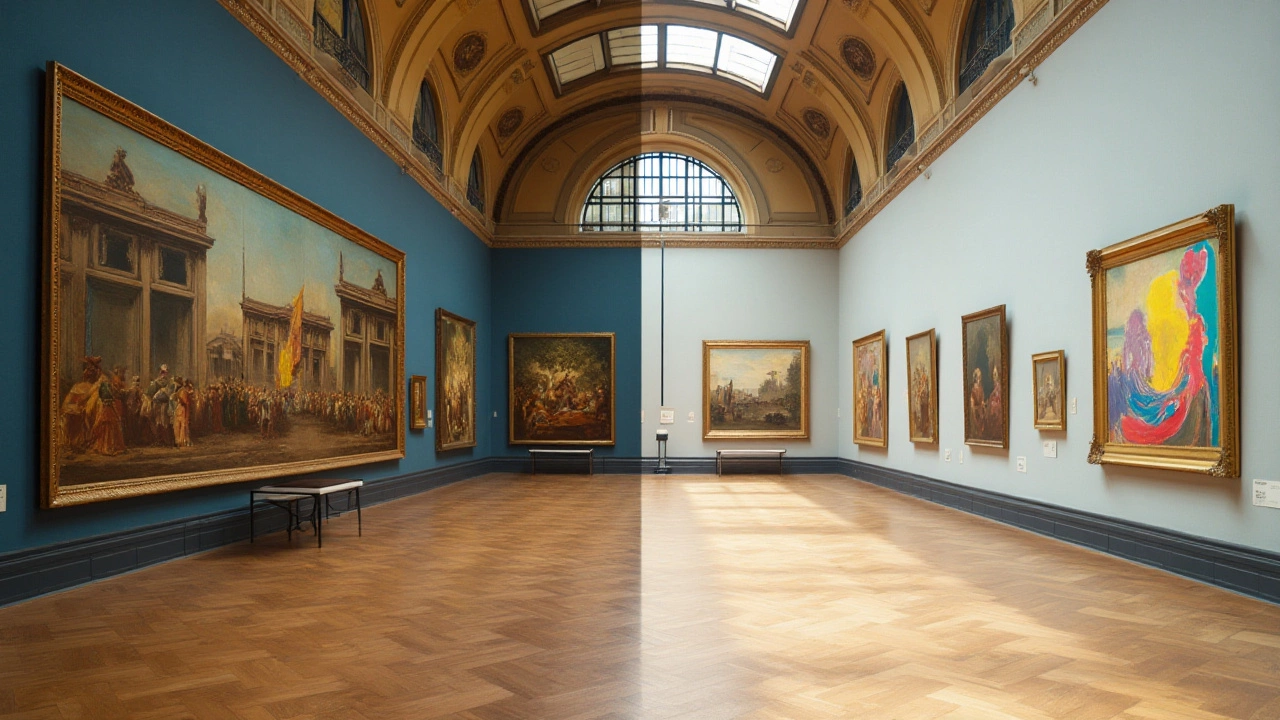Skill: Essential Art Techniques & Tips for Every Artist
Whether you’re a beginner or a seasoned creator, mastering the right skills makes the difference between frustration and flow. On this page we gather the most practical advice from our articles: fixing oil‑painting errors, crafting simple sculptures, reading abstract art, and more. Ready to level up? Let’s get into the shortcuts and tricks you can use right now.
Painting Skills You Can Master Today
Oil paint feels magical but it also misbehaves. If a wet layer looks muddy, try a gentle wipe with a clean, lint‑free cloth and add a fresh glaze once the surface dries. For tacky paint that won’t set, a thin layer of solvent can loosen the binder, letting you scrape away the problem spot without ruining the whole piece. When the paint is already dry, a light scumble of thin oil over the area can blend the mistake into the surrounding tones, avoiding harsh edges.
Portrait painters often wonder whether to start with a sketch. Sketching gives you a roadmap for anatomy, lighting, and composition, but it can also lock you into a rigid plan. If you prefer a freer feel, block in the main shapes with thin paint washes first, then refine details. This hybrid method keeps the drawing dynamic while still guiding your brush strokes.
Sculpture and Mixed Media Skills
Thinking about sculpting but don’t know where to start? Begin with cheap, readily available materials—clay, plaster, or even recycled cardboard. Shape a basic armature from wire, then pile on the modeling material. The key is to keep the model simple: start with a sphere for the head, cylinders for limbs, and refine as you go. You’ll be surprised how quickly a rough form becomes a confident piece.
When budget matters, look for the cheapest sculpture supplies. Everyday items like old jars, bottle caps, and sand can become textured surfaces. Mix plaster with a small amount of glue to improve adhesion and reduce cracking. This DIY approach lets you experiment without worrying about cost, and the finished work often has a unique, raw charm.
Abstract art can feel intimidating, but its core skill is interpretation. Instead of searching for a hidden picture, focus on the emotions the colors and shapes stir inside you. Ask yourself what mood the brushstrokes create—calm, chaos, curiosity? By naming those feelings, you turn vague visuals into a personal narrative, making the artwork more accessible and memorable.
Modern and contemporary art styles keep evolving. To stay current, practice blending digital tools with traditional media. Try sketching on paper, then scan and layer with a graphics tablet. This hybrid skillset lets you experiment with AI‑generated textures or NFT formats while keeping a hand‑drawn feel.
Finally, remember that skill growth is a habit, not a sprint. Set aside just 15 minutes a day for a focused drill—whether it’s a quick glaze, a small clay pinch, or a rapid color mix. Consistency builds muscle memory, and over weeks you’ll notice real progress without burning out.
Use the guides linked below to dive deeper into each technique. From fixing oil mistakes to sculpting on a shoestring budget, these resources give you step‑by‑step instructions you can follow right away. Pick one skill, practice it, and watch your confidence—and your art—rise.

23 Jan 2025
Modern art often leaves traditional art enthusiasts questioning the perceived lack of skill involved in its creation. While historical art emphasizes technical proficiency, modern art prioritizes conceptual prowess and emotional resonance. This shift has sparked a debate about what constitutes skill in art, challenging preconceived notions about beauty, expression, and value. By examining the evolution of artistic techniques and exploring diverse perspectives, this article unravels the complexity surrounding modern art and its relationship with skill.
Continue reading...
